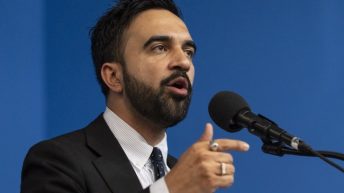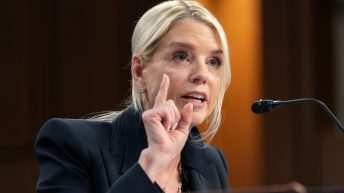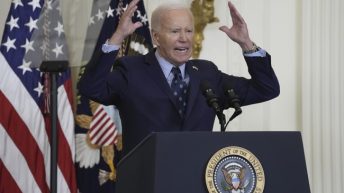The DNC has begun sketching a new framework for the next presidential primary schedule, and this piece examines what that means, who benefits, and how Republican critics see the party reshaping the nominating process to favor certain outcomes.
The Democratic National Committee has quietly moved to build a structure for its next presidential primary calendar, a process that could reshape the early-voting landscape yet again. Party leaders argue the move is about diversity and fairness, but critics say it risks concentrating power in a way that sidelines traditional early states. Observers on the right view the effort as another attempt by national elites to manage nominations from the top down.
Under the proposed framework, the DNC would likely reassign or reorder the traditional early states to create a different rollout of contests. That could mean new regions getting earlier influence while Iowa and New Hampshire are pushed back or combined into regional blocks. For Republicans who value the existing grassroots-driven tilt of the primary calendar, such changes read as an effort to sculpt outcomes before voters weigh in.
Party officials frame their plan as a modernization of a system that has not always reflected the party’s geographic and demographic diversity. They point to changing populations and argue a calendar reset can bring overlooked regions into play earlier. Conservatives counter that the real effect will be to reward favored candidates who can win in select coalition-building states rather than proving appeal across the country.
One key concern is the advantage an incumbent or establishment-favored candidate may gain from a reworked schedule. If the calendar favors certain states with larger media markets or stronger institutional party structures, the ability to consolidate momentum early could be amplified. From a Republican viewpoint, that concentrates decision-making power and reduces the unpredictability that comes from retail campaigning in smaller states.
Another issue is transparency. Critics demand clear, consistent rules and timelines so voters and campaigns can plan accordingly. The DNC’s process so far, with internal committees and tentative proposals, leaves some feeling shut out of crucial conversations. Republicans argue that when major parties overhaul nominating procedures behind closed doors, voters lose a say in how nominees are chosen.
There are practical consequences for candidates and organizers too. Campaigns plan staffing, fundraising, and messaging around the expected sequence of contests. Shifting that sequence forces rapid recalibration, favoring campaigns with deeper pockets and national reach. That dynamic aligns poorly with the conservative preference for retail politics and smaller-scale voter contact early in the process.
State parties will play a central role as the DNC lays out any new calendar framework, and those local organizations will face pressure from both national leaders and activists. Some state leaders may welcome earlier relevance and additional delegates, while others stand to lose traditional clout. Republicans point out that political incentives within parties can distort choices about which states get early slots.
Voter engagement and turnout are also on the line. If primary dates feel orchestrated, some voters may become disengaged or cynical about the process. Conversely, advocates claim a modernized calendar could boost participation among underrepresented communities by spotlighting contests in their regions. The GOP critique remains that engineered calendars rarely deliver the neutral fairness that proponents promise.
Legal and logistical hurdles complicate any overhaul. Changing dates involves coordination with state legislatures, election officials, and the national party, and those actors often have competing priorities. Republicans note that the more actors are involved in reshaping the process, the more likely the results will reflect political trade-offs rather than purely voter-driven choices.
One practical compromise some observers suggest is a staggered regional approach that rotates early states over multiple cycles, balancing tradition and inclusion. But skeptics say rotation can be gamed too, since parties can still choose which regions to elevate in a given cycle. From a conservative perspective, the better safeguard is preserving original states’ roles while increasing outreach elsewhere, not replacing their influence outright.
The DNC’s framework-setting is happening in a charged political climate where both parties look for structural edges. Republicans see the move as part of a broader trend in which party elites tilt rules to favor predictable outcomes. That perception fuels resistance not just on principle, but because it may change how campaigns are run and who ultimately gets nominated.
Expect debate to continue as timelines firm up and state parties respond to national guidance. The conversation will hinge on whether reforms genuinely expand participation or simply rearrange levers of power within the party. For those wary of centralized control, the critical question is whether voters will retain meaningful influence in picking nominees or whether the process will become a managed exercise in candidate selection.




Add comment